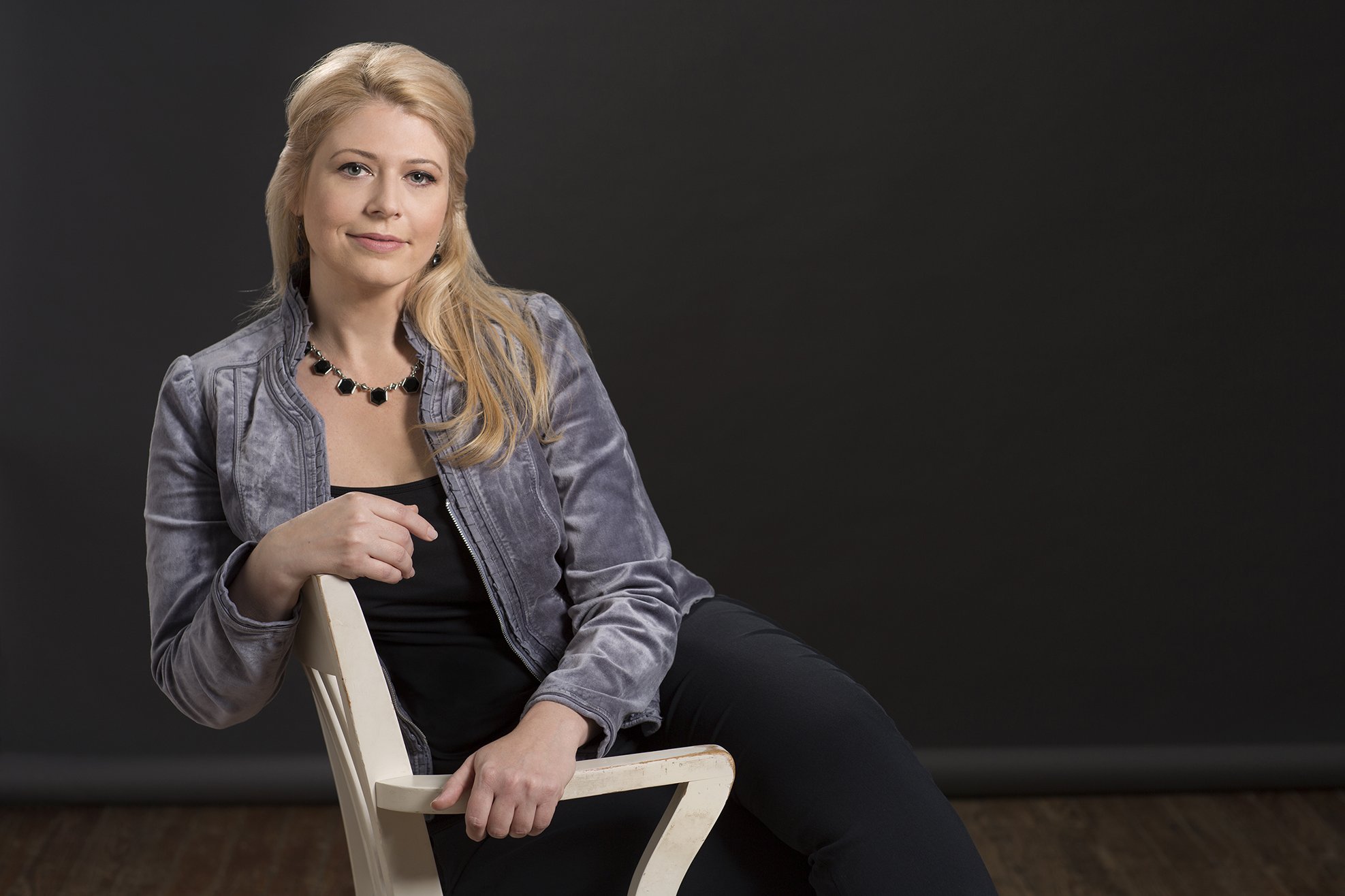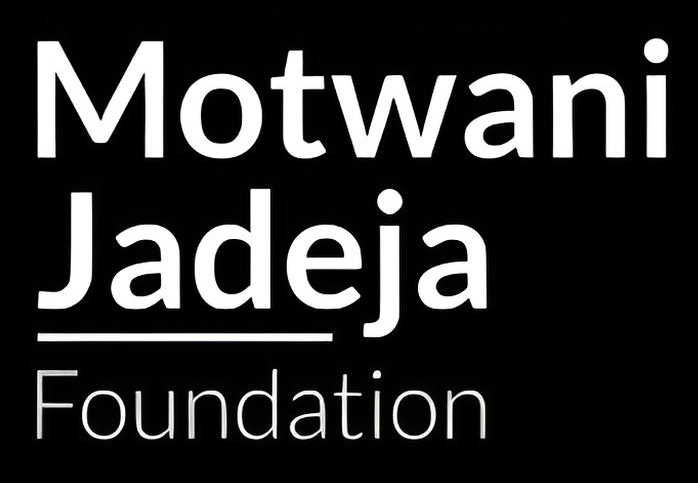How Filmography Manipulates the Depictions of Women
Women have never had a particularly favorable portrayal in Fantasy novels or movies. Many analysts have pointed to the various causes for this: the imbalance of gender representation, the focus on “write what you know” as the go-to formula for fantasy fiction, the typical male audience, and the fear of reprisal for portraying women poorly in fantasy books. Many depictions of women in fantasy novels have been greatly misogynistic. Gor, by John Norman, is infamous for the deplorable representation of women. Apologists surrounding this particular novel, however, argue that misogyny is just a word that shouldn’t be taken seriously. Norman displays women being forced into, and accepting, their roles as sex slaves for the men in the novels. Sex slavery is normalized and depicted in a positively within the novels themselves, and this portrayal has often turned away even ardent fiction fans who argue that sexism is a non-issue in fantasy fiction.
The Wheel of Time by Robert Jordan has been reviled for portraying women unrealistically. Such criticisms include the images of female attire and jealousy over winning a man’s affections during a harrowing wartime crisis. Women are constantly portrayed inappropriately or carrying out unrealistic actions within the context of danger. Jordan himself died before finishing the work and Brandon Sanderson, who admits to the novel’s ridiculous sexism, completed the series in honor of Jordan.
A Song of Ice And Fire by George R. R. Martin has been criticized in pop culture for displaying sexism within his series and for its depictions of violent rapes and assaults on women. Yet, unlike Jordan’s writing which depicted rape as a comeuppance on “evil” women who were defeated by the good guys, Martin depicts rapes as violent, horrific, and common during war-time. Martin highlights an unfortunate reality of unequal social structures and war-time offenses that often go unnoticed by the majority of the public. He has defended his novels for shedding light on the reality that many women go through during war-time. Martin’s story, unlike the other two, offers strong female characters such as Deanerys Stormborn, an idealistic woman who commands dragons for the purpose of creating a free society, and Cersei Lannister, a woman who has the political ambition of ruling her country through her son.
There are many more strong female characters, but these two showcase both strong female characters and women who have diverging viewpoints within the realm of fiction.
The oldest and most famous fantasy literature of the West, the Lord of the Rings trilogy by J.R.R. Tolkien does not depict many strong female characters. Ambition is often seen as detrimental, and the women in his fantasy story learn to give up on themselves. It is a shame that this blind spot exists on an otherwise quality novel, but it does show the antiquated attitudes of Tolkien’s time period. While it is a meager comfort, Tolkien didn’t write his female characters to be horribly illogical or to be sex slaves like some later writers. Yet, it is evident that there was much wasted potential on many of his female characters within his fantasy novel.
Fortunately, there has been a shift in the popularity of strong female characters. After J.K. Rowling’s Harry Potter series, in which Hermione Granger was displayed throughout all seven books, there has been a noticeable increase in intelligent and capable female heroines within fantasy novels. Several noteworthy examples include: Beatrice from the Divergent series, Katniss from the Hunger games, along with a general increase in visibility and importance of female characters in fiction-based films in theaters. The significance of this shouldn’t be downplayed, as women are gaining more traction in cinema, which affects payments, roles, and casting. Overall, it is a positive change for the role of women in a march towards true equality.
Disney has shown progress on the issue of women’s equality. The princess film, Frozen, displays Elsa, a young, independent, caring, and politically powerful figure. Elsa eventually overcomes her fears of her mysterious power with the aid of her younger sister, Anna. Critics have argued that Elsa’s ice power is a careful reference to the sexual identity problems of young lesbians and gays who have trouble understanding their sexual orientation. What is remarkable about this film is that Disney didn’t have the problems resolved through the help of a Prince charming character. Elsa and Anna work out their issues themselves and fix them through their family bond as sisters. The narrative of women needing to be rescued by a man has been thrown out as antiquated in favor of a new narrative for children. This new narrative displays strong and independent women who are able to fix their own issues without having to marry a man.
Finally, there is one more problem regarding female characters in film: race. The change in female depiction has elucidated a problem that has been ignored throughout Hollywood’s racist history. This growth in female characters highlights the shallow importance of whiteness, which is clearly still an issue in modern Hollywood. Many minority actresses aren’t being given equal opportunities because of the institutionalized racism that takes over Hollywood. It is a shame that this problem is being ignored and continues to be treated with indifference by the major companies and movie viewers because these professional women deserve better than what Hollywood is offering. In addition, this race problem implies that the United States still needs to undergo progressive social change to truly curtail this issue. Unfortunately, true progress in this front seems to have regressed and it is unlikely that positive change for minority women will occur anytime in the near future.
To conclude, while major progress has been made, there is still more that can be done to improve the roles and depictions of women throughout fantasy novels and movies. However, the change will have to come from the universal tolerance of social progress in order for society to truly appreciate this social shift and have it remain permanent.



































